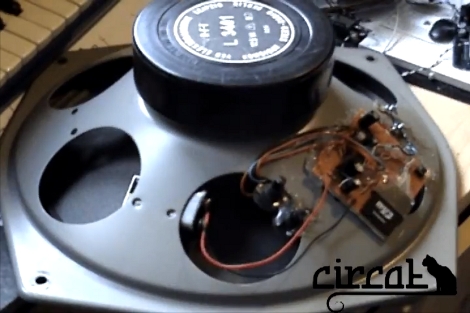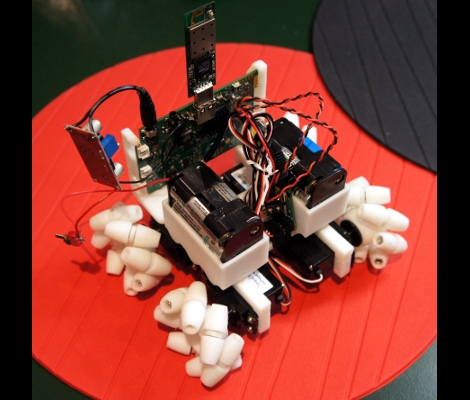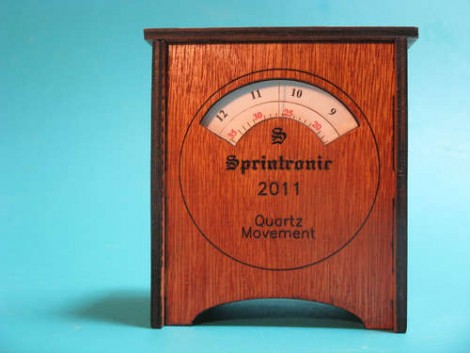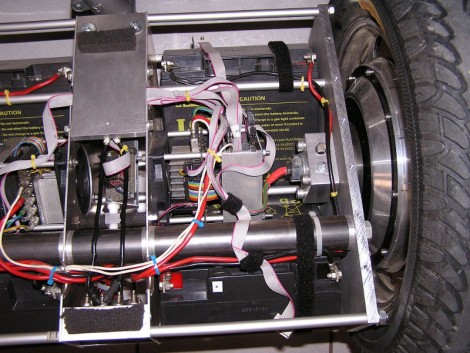
[Ben Krasnow’s] water vortex machine has been an exhibit in the lobby of the San Jose City Hall for quite some time now. Unfortuantely he recently had to perform some repair work on it due to the parts inside the water chamber rusting.
This is the same water vortex that we saw about a year ago. It uses a power drill to drive an impeller at the bottom of a water column to produce the vortex. That impeller was made from painted steel and after being submerged for eight months it began rusting, which discolored the water. [Ben’s] repair process, which you can watch after the break, replaces the shaft and the impeller. He reused a plastic PC cooling fan as the new impeller. The replacement shaft is stainless steel, as is all of the mounting hardware that will be in contact with water. But for us, the most interesting part of the repair is his explanation of the shaft gasket and bearings. Two thrust bearings and two radial bearings ensure that the shaft cannot move axially, which would cause a problem with the gasket. He had intended to swap out the oil seal for an all Teflon seal but the machined acrylic wasn’t conducive to the part swap. Instead, he replaced it with the same type of gasket, but bolstered the new one with some silicone to stave off corrosion.
Continue reading “Water Vortex Exhibit Repair Gives A Look At The Bearing And Gasket Design”
















